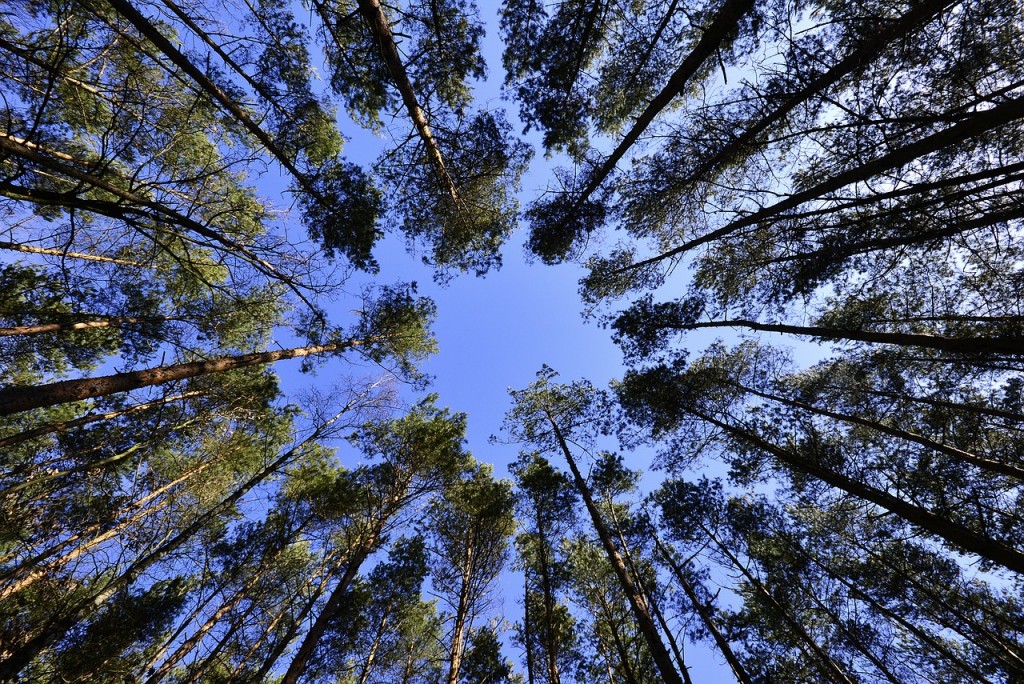 Hooray for trees, plant life and healthy air!
Hooray for trees, plant life and healthy air!
Finally, a new Yale-led study is providing positive news on the environment. Research shows that there are now 3 trillion trees on Earth, which is seven-and-a-half times more than previous estimates. The scientists conducted the study using satellite imagery, forest inventories and supercomputer technologies. Researchers from around the globe came together to compile their results.
âTrees are among the most prominent and critical organisms on Earth, yet we are only recently beginning to comprehend their global extent and distribution,â said Thomas Crowther, the lead author of the study.
The results were published in Nature, and the study is the most comprehensive on tree populations ever produced.
âThey store huge amounts of carbon, are essential for the cycling of nutrients, for water and air quality, and for countless human services,â Crowther continued. âYet you ask people to estimate, within an order of magnitude, how many trees there are and they donât know where to begin. I donât know what I would have guessed, but I was certainly surprised to find that we were talking about trillions.â
And if you really want to know how it breaks down, there are about 422 trees per person on the planet. Previously, the global estimate was 61 trees per person.
Reading the Fine Print
Despite the good news, there’s a bit of bad news that came with the researchers’ results. Since human civilization began, the total number of trees on Earth has dropped by 46 percent.
âWeâve nearly halved the number of trees on the planet, and weâve seen the impacts on climate and human health as a result,â said Crowther. âThis study highlights how much more effort is needed if we are to restore healthy forests worldwide.â
The study also showed that trees prefer to thrive in moist conditions. However, humans also prefer these types of regions for agricultural reasons. Once they arrive, they begin to take over and reduce the number of trees.
Crowther believes that human activity is the largest driver of tree numbers around the world. However, it’s still possible to look at the data from a historical, objective standpoint. For instance, the new information gives humans a better idea of how a wide range of factors (including themselves) impact trees and growth.
The highest densities of trees were found in the boreal forests in the sub-arctic region of Russia, Scandinavia and the U.S.
Insanitek’s Green Efforts
Insanitek has a policy of reducing the amount of paper we use by keeping things electronic as much as possible. There are, however, certain rules and regulations that state we have to use printed copies of quality control manuscripts, protocols, and lab manuals. This doesn’t deter us in trying to keep our consumption as low as possible! In fact, if there is a scrap of paper available, we’d rather use that to jot notes down on than a fresh Post-it any day.
Beyond that, there are a few Insanitek employees who love to garden — and plant trees. Last year Grace and others in the Savvy Urbanite Farmer Project helped people plant nearly 50 trees during the summer. This year, they planted almost 70 trees.
Sources
Dennehy, Kevin. “Seeing the forest and the trees, all 3 trillion of them.” Yale News. September 2, 2015.
